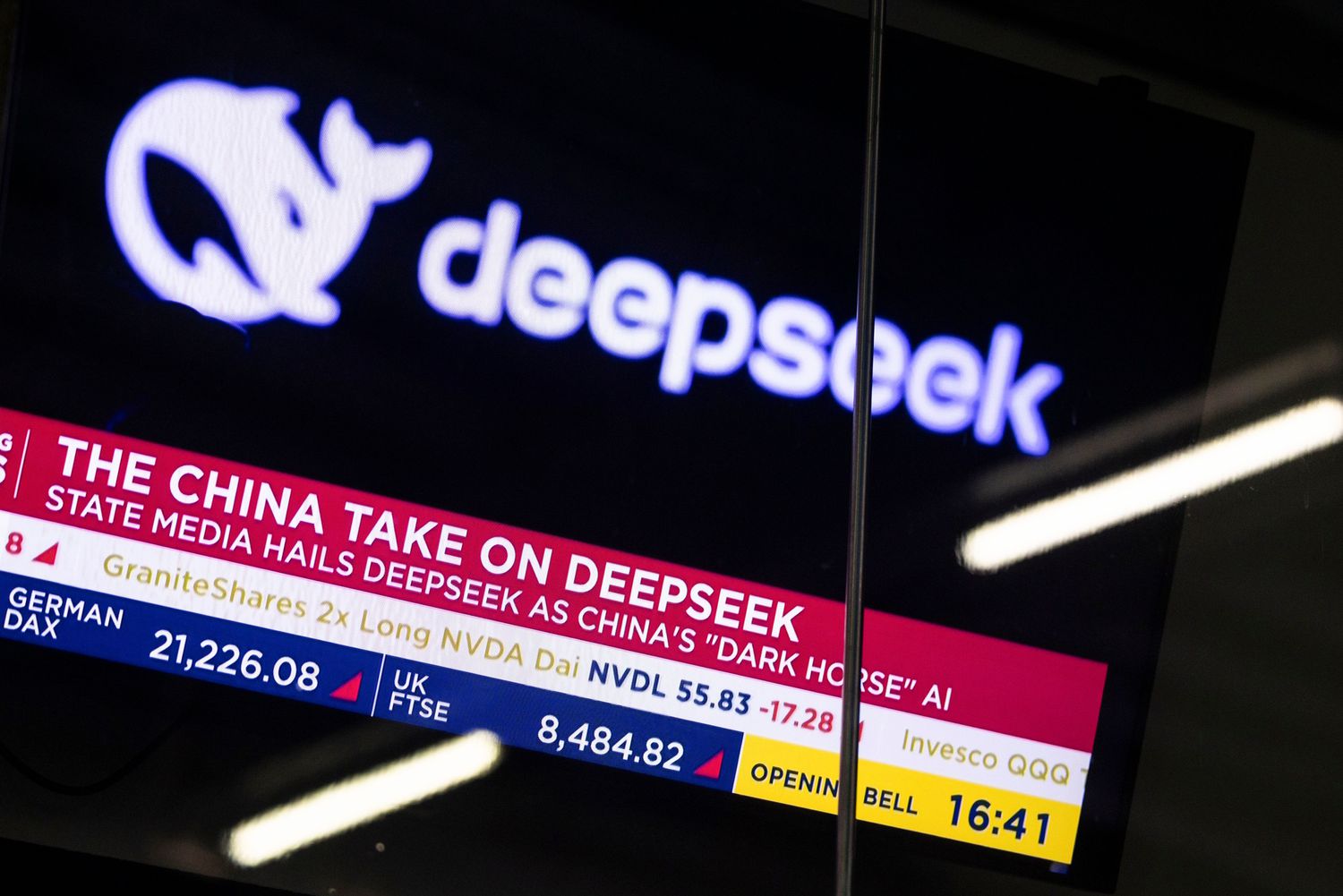Understanding DeepSeek: Transforming Your AI Investment Strategies

The Impact of DeepSeek on the U.S. AI Landscape
The generative AI market is undergoing significant changes, particularly in the U.S. Investors who have profited from the AI boom are now facing uncertainty due to new competition from an unexpected source: a Chinese startup named DeepSeek. Recent developments show that DeepSeek’s AI models are challenging established players like OpenAI, raising questions about how AI models are developed and funded.
Key Developments
In early 2025, DeepSeek shocked the investment community by announcing that its AI models could compete with OpenAI’s ChatGPT. The cost of training their model was reportedly around $6 million, a small fraction compared to similar projects by U.S. tech giants. This revelation triggered a staggering $600 billion drop in Nvidia’s stock in a single day, a wake-up call that forced investors to reconsider their AI-related investments.
Important Highlights
- DeepSeek’s introduction of the DeepSeek-R1 model caused significant investor anxiety, resulting in a major sell-off among chip manufacturers.
- The company’s models indicate that AI development can be achieved much more economically, presenting challenges for U.S. firms that have already invested billions.
- Open-source models from DeepSeek could lead to a broader adoption of AI technologies, presenting new opportunities for investors.
Understanding DeepSeek
DeepSeek is an AI research firm based in Hangzhou, China. Founded in July 2023 by former hedge fund manager Liang Wenfeng and supported by High-Flyer Quant, the company aims to disrupt the AI dominance of large U.S. tech firms through innovative engineering and open-source collaborations.
Since its establishment, DeepSeek has rolled out several powerful models, including DeepSeek-V3 and DeepSeek-R1. These models reportedly match the capabilities of OpenAI’s technology but come at a significantly lower cost. Notably, DeepSeek has managed to succeed despite facing U.S. export restrictions on advanced AI components.
Innovative Approaches
DeepSeek’s success can be attributed to specific strategies that set it apart from its competitors despite facing obstacles:
- Mixture-of-Experts (MoE) Architecture: This allows DeepSeek to activate only a portion of its AI parameters for each task, drastically reducing computational expenses.
- Reinforcement Learning: This technique trains models through trial and error, improving their problem-solving skills over time.
- Distillation Techniques: Large models can be condensed into smaller, more cost-effective versions, making powerful AI more accessible.
The company trained its models using approximately 2,000 Nvidia GPUs over the course of 55 days at a cost of about $5.6 million, showcasing its efficiency compared to the spending of U.S. firms.
Implications for AI Investment
DeepSeek’s notable achievements challenge the conventional wisdom that extensive investment is necessary for AI development, particularly regarding expensive technologies like Nvidia’s chips. Following DeepSeek’s announcements, major U.S. tech stocks suffered declines, with Nvidia’s stock experiencing its largest one-day loss ever.
Investment Considerations
For informed investors, DeepSeek’s rise opens new avenues in the AI sector:
- Shift Away from "Bigger is Better": Investors may pivot towards companies focused on efficient training methods and energy-saving technologies rather than solely those expanding their GPU resources.
- Watch for More Accessible AI: With reduced barriers to AI adoption, emerging applications and companies focused on practical AI solutions may be of greater interest than traditional foundational model providers.
- Prioritize Software Over Hardware: The AI landscape might increasingly rely on software development rather than the expensive hardware that has previously driven market gains.
- Be Aware of Geopolitical Risks: Increased competition from firms like DeepSeek could escalate U.S.-China tech tensions. Investors need to stay alert to changes in policies and regulations that might arise.
DeepSeek’s Accuracy Challenges
Despite its advancements, there are concerns about the reliability of DeepSeek’s models. A preliminary assessment by NewsGuard revealed that its chatbot failed accuracy tests 83% of the time, ranking low among its peers. Some specific issues highlighted include:
- 30% of its responses contained false information.
- 53% of responses did not answer user queries.
- The chatbot leaned toward propagating Chinese government viewpoints, even when irrelevant to the discussion.
As a result, users are advised to verify the accuracy of outputs, indicating potential pitfalls for those relying solely on the technology.
In summary, the emergence of DeepSeek signifies a shift in the landscape of AI development and investment, prompting investors to rethink their strategies and approach to this evolving field.






